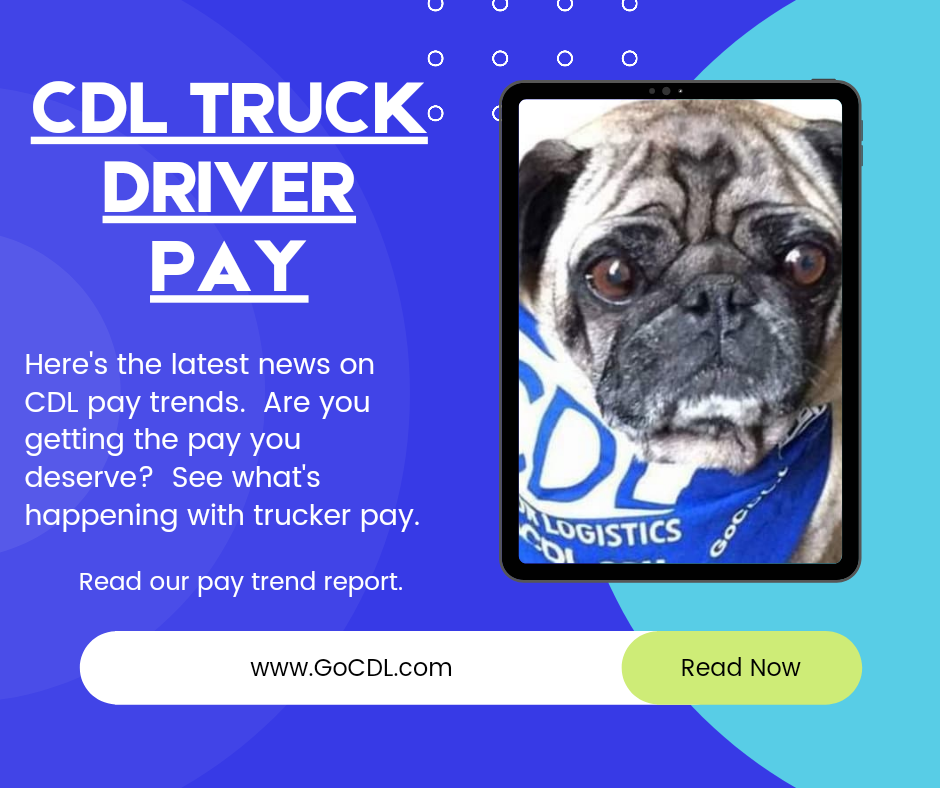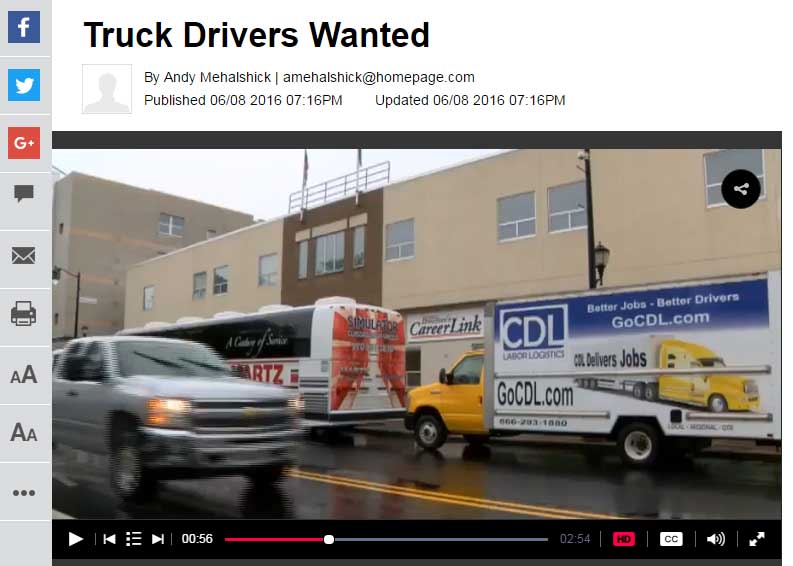Are you a CDL truck driver looking for the best parking spots? Look no further! The Essential Guide to Finding Parking Spots for CDL Truck Drivers is here to help. This comprehensive guide provides all the information you need to know about finding the perfect parking spot for your truck. From the best places to park to the laws and regulations you need to be aware of, this guide has it all. With helpful tips and tricks, you’ll be able to find the perfect spot for your truck in no time. Get ready to hit the road with confidence and ease!
Identifying Available Parking Spots for CDL Truck Drivers
Fortunately, there are a few steps that CDL truck drivers can take to identify available parking spots. The first step is to check the Federal Motor Carrier Safety Administration’s (FMCSA) website for parking information. The FMCSA provides detailed information on truck parking availability, including locations, hours of operation, and amenities. This information can be used to identify potential parking spots.
In addition to the FMCSA website, truck drivers can also use apps and websites that provide information on truck parking availability. These apps and websites can be used to search for parking spots in a specific area, as well as to compare prices and amenities.
It is also important for truck drivers to be aware of the regulations and laws governing truck parking. Many states have laws that limit the amount of time a truck can be parked in a certain area, and some states have designated truck parking areas. It is important to be aware of these regulations and laws to ensure that the truck is parked in a safe and legal location.
Finally, truck drivers should also consider talking to other truck drivers to get information on available parking spots. Truck drivers often have a wealth of knowledge about the best places to park, and they can provide valuable insight into the availability of parking spots in a certain area.
By taking these steps, CDL truck drivers can identify available parking spots and ensure that they are parked in a safe and legal location.
Understanding Regulations for CDL Truck Parking
First and foremost, it is important to understand that commercial drivers must adhere to the rules and regulations of the state they are driving in. Each state has its own set of laws and regulations regarding truck parking. Drivers should familiarize themselves with the regulations in the state they are driving in before they begin their journey.
The most common regulations for CDL truck parking are the following:
1. Drivers must park in designated truck parking areas. These areas are usually marked with signs and are designed to accommodate large vehicles. Drivers should never park in areas that are not designated for truck parking.
2. Drivers must always park in a safe and secure location. This means that drivers should park in a well-lit area, away from traffic and pedestrians. Drivers should also make sure that their vehicle is locked and secured when it is parked.
3. Drivers must adhere to the posted time limits for truck parking. Most states have time limits for how long a truck can be parked in a certain area. Drivers should make sure to check the posted time limits and adhere to them.
4. Drivers must adhere to the posted weight limits for truck parking. Most states have weight limits for how much weight a truck can be parked in a certain area. Drivers should make sure to check the posted weight limits and adhere to them.
5. Drivers must adhere to the posted height limits for truck parking. Most states have height limits for how tall a truck can be parked in a certain area. Drivers should make sure to check the posted height limits and adhere to them.
By understanding and adhering to the regulations for CDL truck parking, drivers can ensure the safety of themselves, other motorists, and pedestrians. It is important for drivers to familiarize themselves with the regulations in the state they are driving in before they begin their journey.
Utilizing Technology to Locate Parking Spots
There are several ways to use technology to locate parking spots. One of the most popular methods is to use a GPS-enabled app. These apps allow drivers to input their destination and the app will then show them available parking spots nearby. This is especially useful in busy cities where parking can be difficult to find.
Another way to use technology to locate parking spots is to use a parking service. These services are usually subscription-based and provide drivers with a list of available parking spots in their area. This can be a great way to save time and money, as drivers can easily find a spot without having to search for it.
Finally, drivers can also use their vehicle’s onboard navigation system to locate parking spots. Most modern vehicles come with a navigation system that can be used to find parking spots. This is especially useful for drivers who are unfamiliar with the area they are driving in.
Utilizing technology to locate parking spots is a great way to save time and money. It can be a hassle to drive around looking for a parking spot, but with the help of technology, drivers can easily find a spot without having to search for it. Whether it’s using a GPS-enabled app, a parking service, or their vehicle’s onboard navigation system, drivers can easily find a parking spot and get on their way.
Exploring Options for Overnight Parking for CDL Truck Drivers
The first option is to find a truck stop. Truck stops are designed specifically for truckers and provide a safe and legal place to park for the night. Many truck stops offer amenities such as showers, restaurants, and convenience stores. Some truck stops even offer Wi-Fi and laundry services. Truck stops are usually located along major highways and interstates, making them easy to access.
The second option is to find a rest area. Rest areas are designed for drivers to take a break from driving and get some rest. Many rest areas offer amenities such as picnic tables, restrooms, and vending machines. Rest areas are usually located along major highways and interstates, making them easy to access.
The third option is to find a parking lot. Parking lots are usually located in commercial areas and provide a safe and legal place to park for the night. Many parking lots offer amenities such as security cameras and lighting. Parking lots are usually located in commercial areas, making them easy to access.
The fourth option is to find a Walmart parking lot. Walmart parking lots are often open for truckers and provide a safe and legal place to park for the night. Many Walmart parking lots offer amenities such as security cameras and lighting. Walmart parking lots are usually located near major highways and interstates, making them easy to access.
Finally, the fifth option is to find a truck-friendly hotel. Truck-friendly hotels are designed specifically for truckers and provide a safe and legal place to park for the night. Many truck-friendly hotels offer amenities such as Wi-Fi, laundry services, and restaurants. Truck-friendly hotels are usually located near major highways and interstates, making them easy to access.
Exploring options for overnight parking for CDL truck drivers can be a challenge. However, there are a few options available to truck drivers who need to find a place to park for the night. Truck stops, rest areas, parking lots, Walmart parking lots, and truck-friendly hotels are all viable options for truckers who need to find a safe and legal place to park for the night.
Essential Guide to Finding Parking Spots for CDL Truck Drivers is an invaluable resource for truck drivers who are looking for safe and secure parking spots. With the information provided in this guide, drivers can find the best spots for their vehicles, no matter the size. The guide covers a variety of topics, including safety tips, regulations, and even cost-saving strategies. With this guide, truck drivers can rest assured that they are finding the best parking spots for their needs.



